Last updated on March 22, 2024
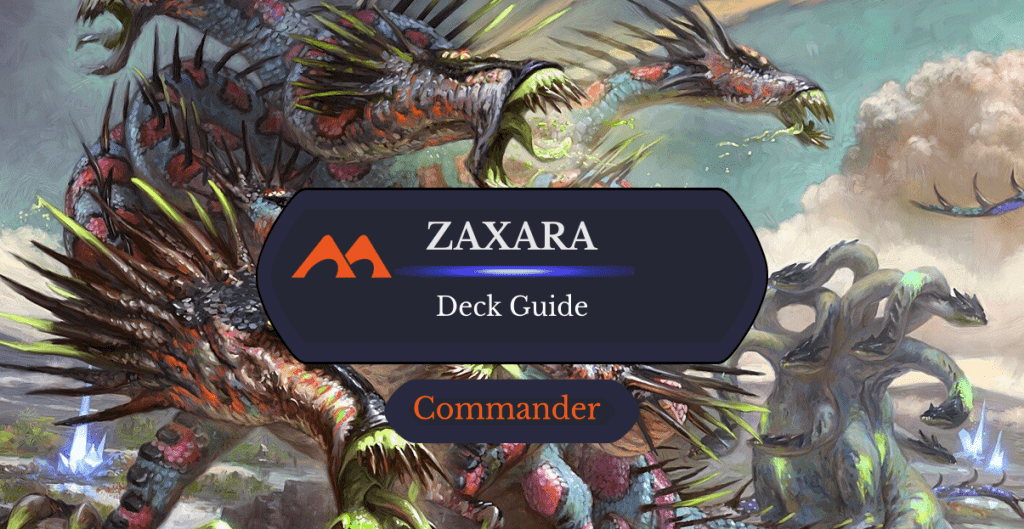
Zaxara, the Exemplary | Illustration by Simon Dominic
Greek mythology has had a large impact on Magic. The influences spread beyond Theros, the plane directly inspired by Greek myths. We can see it in the creatures, the gorgons of Ravnica, and the minotaurs of Amonkhet.
But one of the most iconic Greek monsters to make their way onto Magic cards is the hydra. It’s easy to see why. The often-serpentine monsters are terrifying, with their regenerative abilities and deadly poisons. And that makes for fun, exciting card design. Today’s commander, Zaxara, the Exemplary, is the perfect general to lead them into battle.
The Deck
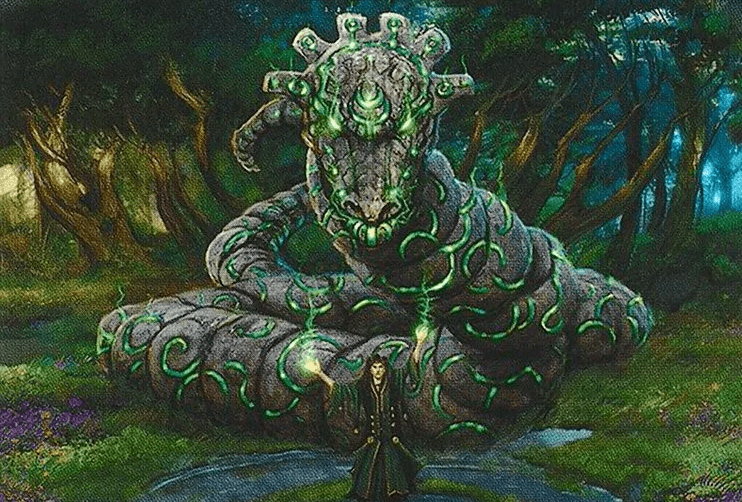
Stonecoil Serpent | Illustration by Mark Poole
Commander (1)
Creatures (28)
Endless One
Stonecoil Serpent
Walking Ballista
Birds of Paradise
Capricopian
Elves of Deep Shadow
Elvish Mystic
Hungering Hydra
Llanowar Elves
Sporocyst
Bloom Tender
Dark Confidant
Hooded Hydra
Hydroid Krasis
Kinnan, Bonder Prodigy
Nexos
Steelbane Hydra
Tangled Florahedron
Voracious Hydra
Kodama of the West Tree
Lifeblood Hydra
Reclamation Sage
Runadi, Behemoth Caller
Spellseeker
Herald of Secret Streams
Skatewing Spy
Vorinclex, Monstrous Raider
Craterhoof Behemoth
Instants (16)
Pact of Negation
Malakir Rebirth
Silkguard
Swan Song
Tyvar's Stand
Vampiric Tutor
Abrupt Decay
Assassin's Trophy
Counterspell
Cyclonic Rift
Mana Drain
Thassa's Intervention
Blue Sun's Zenith
Even the Score
Fierce Guardianship
Force of Will
Sorceries (11)
Animist's Awakening
Green Sun's Zenith
Blue Sun's Twilight
Curse of the Swine
Demonic Tutor
Exsanguinate
Finale of Devastation
Silver Scrutiny
Agadeem's Awakening
Toxic Deluge
Villainous Wealth
Enchantments (6)
Up the Beanstalk
Branching Evolution
Court of Garenbrig
Freed from the Real
Unbound Flourishing
Doubling Season
Artifacts (5)
Sol Ring
Arcane Signet
Talisman of Curiosity
Talisman of Dominance
Talisman of Resilience
Lands (33)
Boseiju, Who Endures
Breeding Pool
Command Tower
Deathcap Glade
Dreamroot Cascade
Dryad Arbor
Exotic Orchard
Forest x6
Island x4
Misty Rainforest
Otawara, Soaring City
Overgrown Tomb
Polluted Delta
Prismatic Vista
Rejuvenating Springs
Reliquary Tower
Swamp x2
Takenuma, Abandoned Mire
Undergrowth Stadium
Urborg, Tomb of Yawgmoth
Verdant Catacombs
Watery Grave
Yavimaya, Cradle of Growth
Zagoth Triome
This deck is all about being bigger. Big ramp, big mana, big spells, big hydras. It sounds rather Gruul () when put like that, but this deck goes deeper than just casting giant monsters with its hydras.
The game plan is simple: Ramp hard, then throw out a bunch of X spells with huge mana values. We have a bunch of powerful hydras as creatures alongside plenty of instants and sorceries that use X in their mana cost.
We’ll use all our mana almost every turn because so many of our cards have X, making this deck quite mana-efficient. All the X spells also let us scale with the game; cards like Blue Sun's Zenith and Exsanguinate only get stronger the longer the game goes.
The Commander
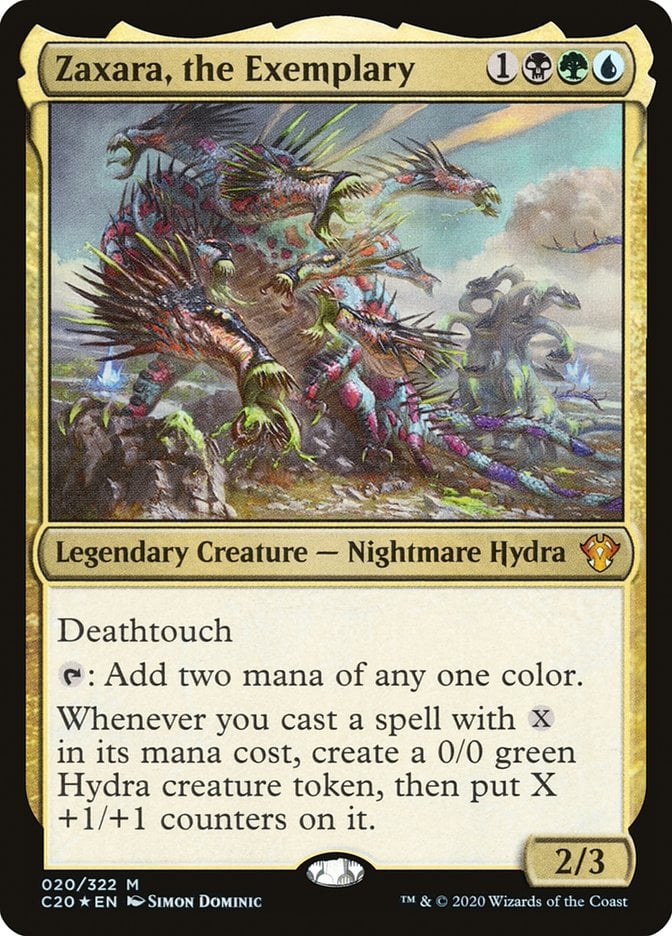
Zaxara, the Exemplary fuels all of the above. Firstly, they provide a burst of mana. We can have up to 7 mana the turn after we play Zaxara with their mana ability, which results in a massive spell.
The hydra tokens Zaxara makes are key to the deck. We can make some pretty massive tokens, which we’ll use to overwhelm our opponents. This deck can go wide and tall, applying plenty of pressure while we reap the benefits of large spells.
We also have a couple of +1/+1 counter synergies that help our creatures and the tokens Zaxara creates. It’s a subtheme that helps take our opponents down even faster with our board of writhing many-headed monsters.
+1/+1 Counter Synergies
These cards are here to make our armies, both the hydras in the deck and Zaxara’s tokens, even more lethal than they already were, primarily by making them bigger or evasive.
Vorinclex, Monstrous Raider and Branching Evolution drive our board out of control. It’s easy for this deck to churn out 5/5s with our commander, and these make those 10/10s. Vorinclex is also an intriguing stax piece, given the recent burst of Saga support in precons.
Once we start making massive creatures, Herald of Secret Streams lets us slip right past our opponents’ defenses. Skatewing Spy isn’t quite as powerful but still offers respectable evasion.

Kodama of the West Tree gives evasion in the form of side-stepping chump blockers. While trample is nice, the triggered ability is the real boon. Ramping when we deal combat damage is everything this deck could want.

Runadi, Behemoth Caller sneaks extra counters onto our creatures since we’ll often cast hydras with a high mana value, but we primarily want haste. Almost all our creatures will have three or more counters, so this is like a personal Concordant Crossroads that taps for mana.

Doubling Season is just mean in this deck. Imagine casting a spell and getting a 5/5 alongside it, except it’s a 10/10, and there are two of them. It’s a disgusting amount of value.
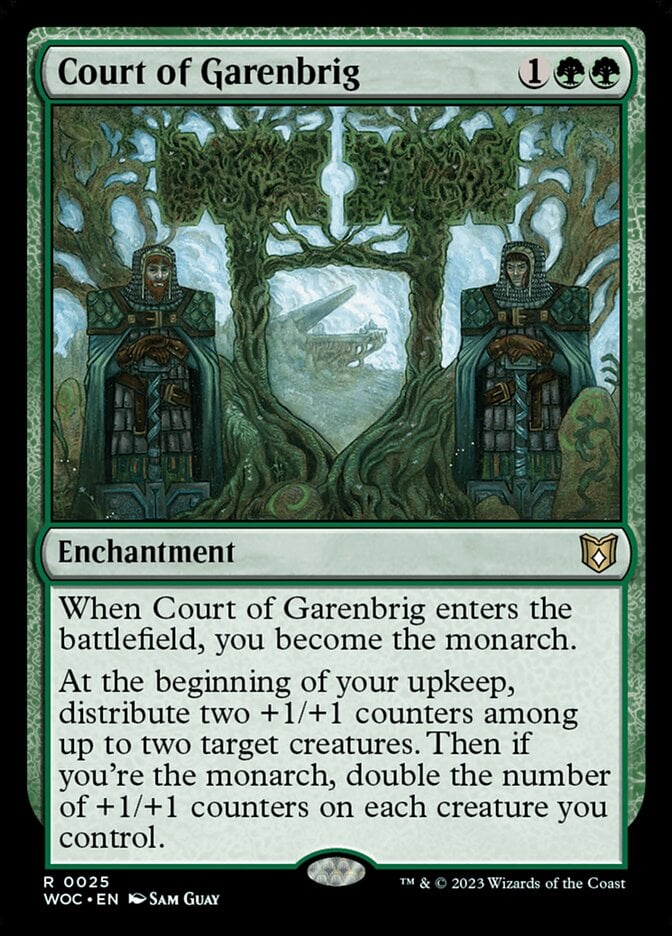
Court of Garenbrig is a relatively new but exciting inclusion. We’ll have plenty of tokens to defend The Monarch. Yet another way to double our counters ensures we’ll have the largest board at any point in the game.
Card Advantage
Decks that produce bundles of mana need access to just as many cards. Having 4-5 extra mana won’t help if you don’t have cards to spend it on, so this section is all about the cards that keep the gas flowing. I’m also tossing my tutors in here. They’re not strictly card advantage but give access to extra cards in a roundabout manner.
Up the Beanstalk has been making waves throughout Constructed formats, and it’s pretty great in this deck. Replacing itself on ETB is huge. Casting a single big spell makes this a 2-mana Divination, and we’ll be casting more than one big spell.
Playing Dark Confidant in the same deck as Up the Beanstalk would usually be contradictory but our mana curve is incredibly low since we want to pour all our mana into X costs instead of expensive spells. We have very few high-MV spells, with Vorinclex, Monstrous Raider and Craterhoof Behemoth being the only outliers.
Even the Score, Blue Sun's Zenith, and Silver Scrutiny convert mana into cards. Taking a turn off to refill our hand can be risky, but most of these are at instant speed, and we’ll usually have a hydra to go along with it so this deck can manage.
Thassa's Intervention gives us a flexible draw spell. This is basically Dig Through Time that's sometimes a counterspell.
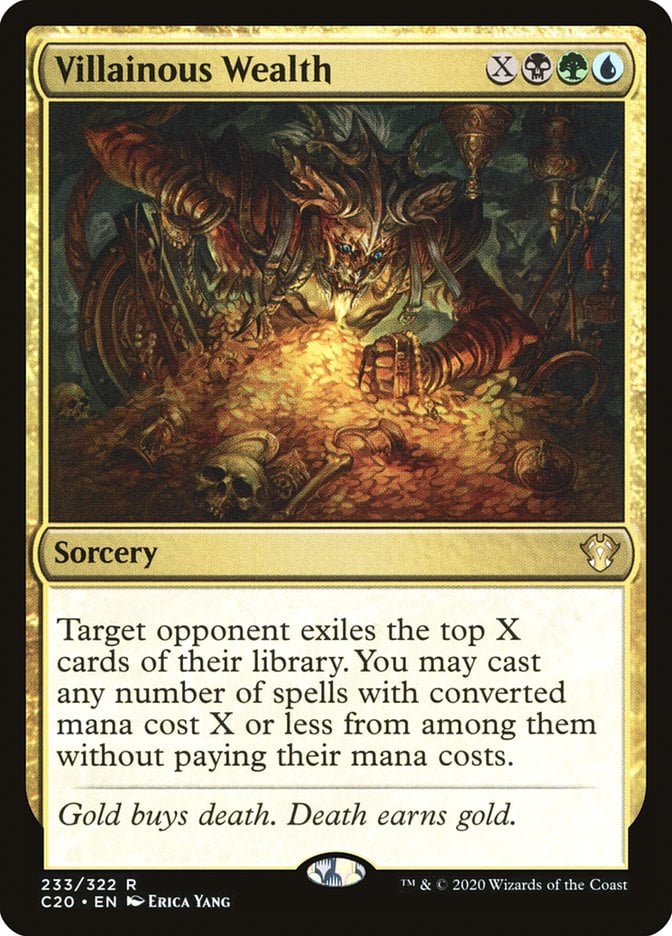
Villainous Wealth doesn’t draw us cards but still nets card advantage by letting us cast opposing spells. It’s fun, puts us far ahead, and can give us access to effects outside our colors.
Vampiric Tutor and Demonic Tutor are simply some of the best tutors ever printed. With cards that tip the game in our favor or win outright, like Doubling Season and Cyclonic Rift, they’re well worth the slot.
Spellseeker doesn’t find everything, but it finds most of our interaction and some of our stronger X spells, like Silver Scrutiny and Exsanguinate.
Green Sun's Zenith and Finale of Devastation can find some of our better creatures, namely Craterhoof Behemoth and Vorinclex, Monstrous Raider, alongside some creatures that are valuable in the early game. Finale also provides another valuable Overrun effect that finds one of our evasion enablers for a win.
Hydras
While we have plenty of X spells sprinkled throughout the other portions of the deck, these hydras are our primary source of board presence and Zaxara triggers. I added some honorary hydras at the end.
Capricopian is just neat. I’m a huge fan of cards that let your opponents in on the fun instead of just the receiving end of a beating. This goat makes for some interesting political moments.
While many of our hydras can get played anywhere on the curve, we want Hungering Hydra to be large enough that our opponents can’t trade for it in combat. This is practically The Abyss once we get it going.
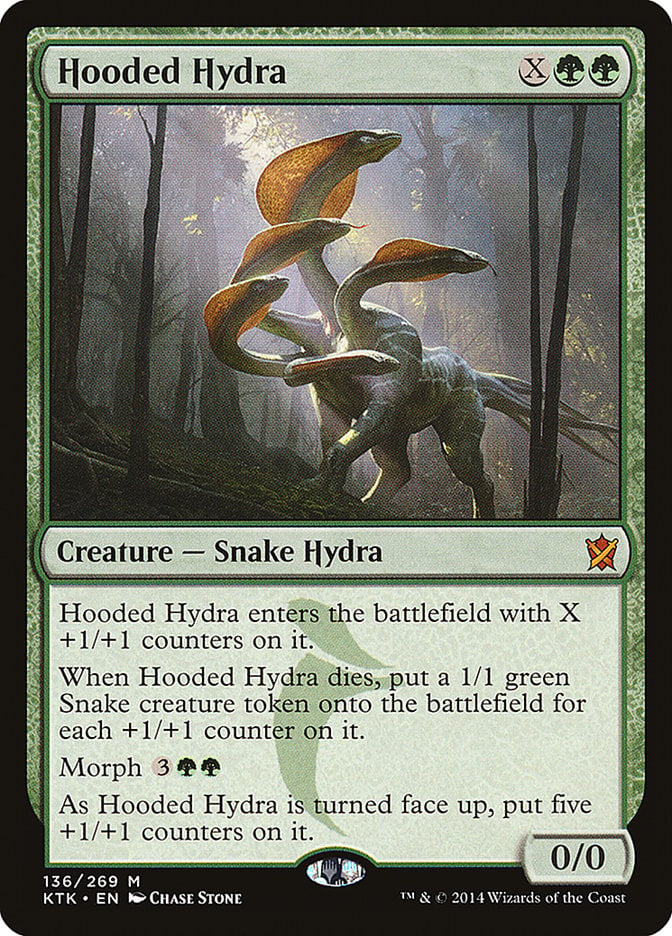
Hooded Hydra is quite powerful. It’s nice to cast it for a large number, but playing it as a morph following a 1-mana accelerant is surprisingly useful since we don’t always have the best turn three plays.

Ah, the good ole jellyfish hydra beast. Hydroid Krasis is big, hard to block, and draws cards. It was a Standard all-star and still pulls its weight in a deck with plenty of mana to spare.
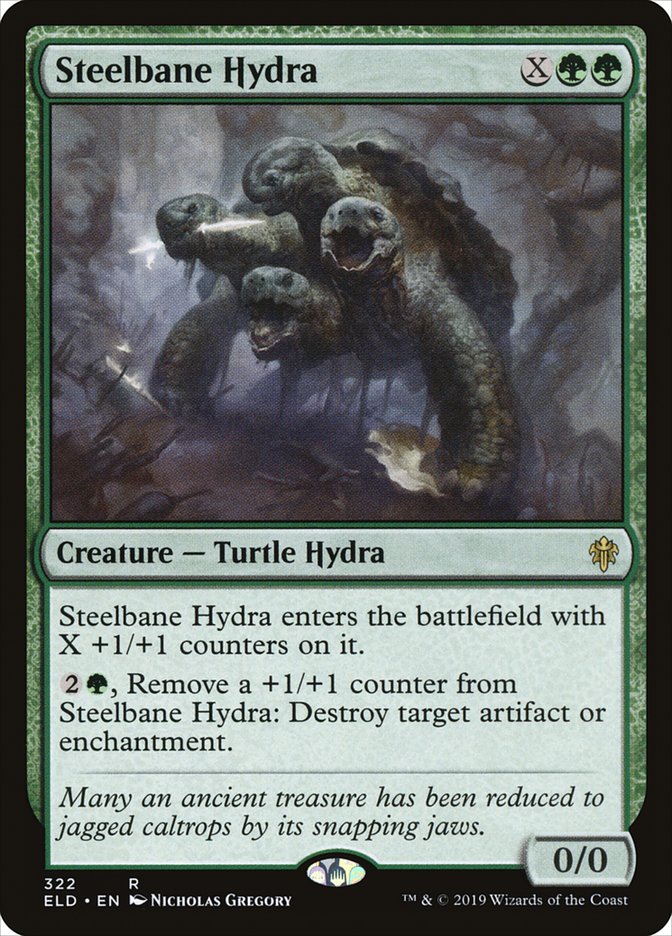
Steelbane Hydra offers fantastic utility as more than a threat. Its activated ability is a little expensive, but a repeatable Disenchant tacked onto a large body gives us lots of board control. Voracious Hydra is also big and interactive, though it takes out opposing creatures rather than artifacts and enchantments.
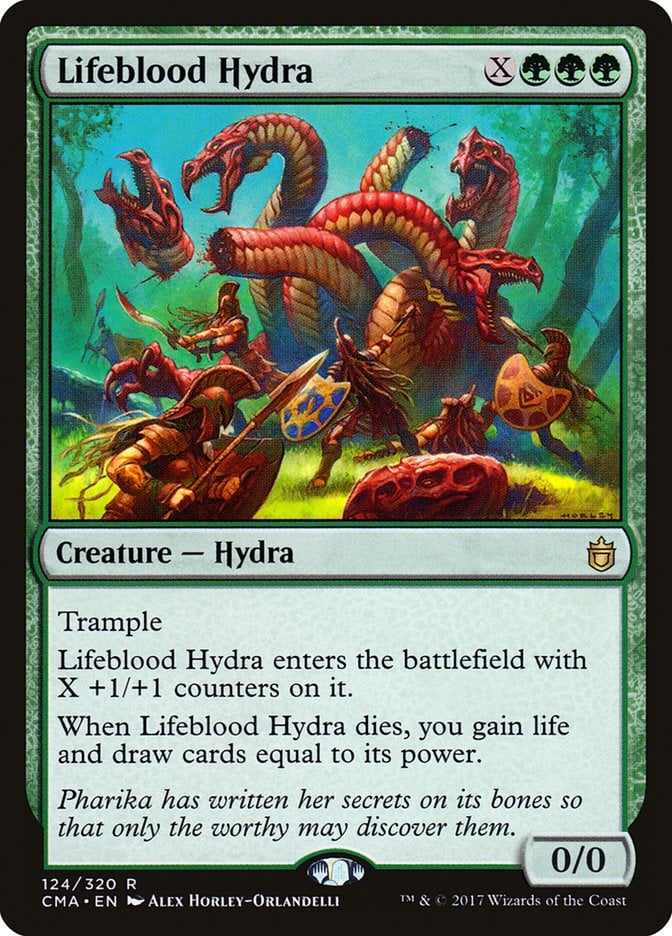
Having in its mana cost makes Lifeblood Hydra our priciest hydra, but the threat is worth the cost. Our opponents need to kill our large creatures if they want to survive, and this one gives us a burst of cards in return. And it’s just a big trample threat.
Endless One and Stonecoil Serpent are two of our honorary hydras. Costing nothing but X makes them fantastically flexible. We can pour all our mana into them for two large threats, or we could cast them a bit smaller to get two bodies while holding up countermagic or jamming something like Court of Garenbrig. These cost as much mana as you need, whenever you need it.
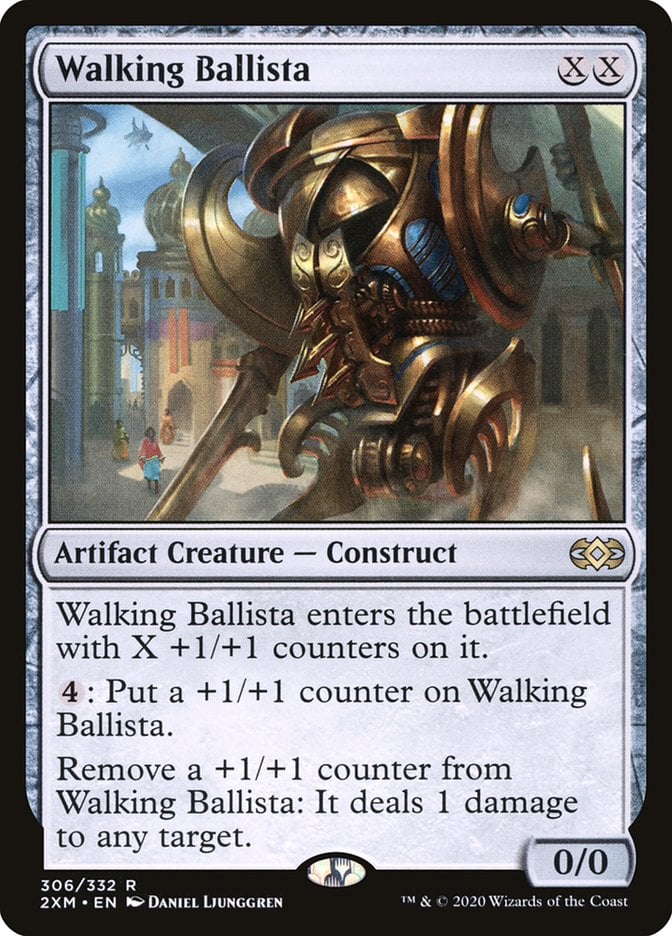
While Walking Ballista is simply a strong card, it shines in this deck. The combination of big mana and ways to double counters lets this besiege your opponents’ boards and life totals. It’s also a great infinite mana outlet.
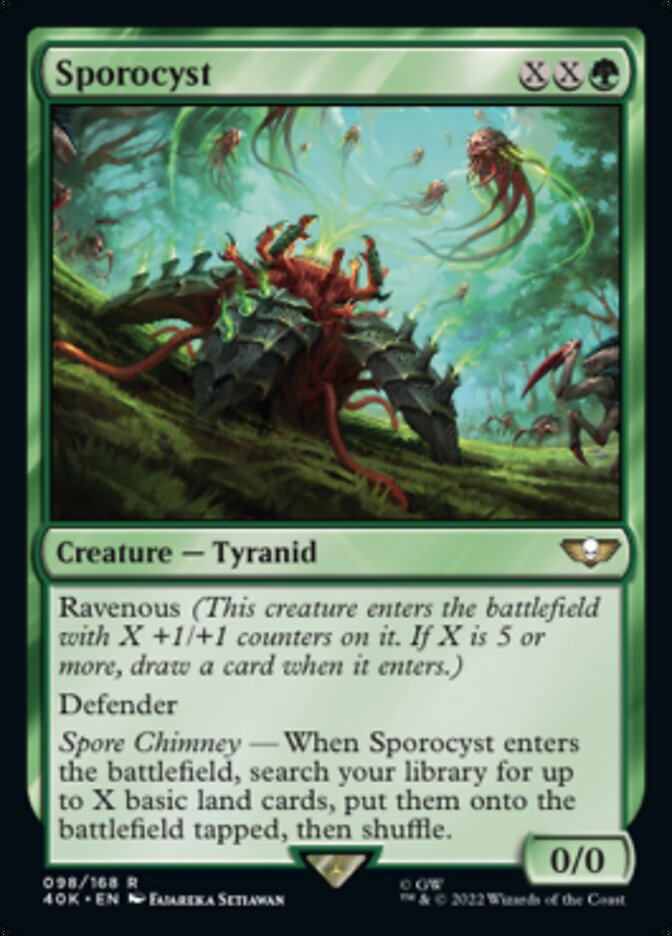
Our last honorary hydra is Sporocyst. It’s just a good ramp piece in this deck that provides some defense and potentially replaces itself when played later in the game.
Interaction

Toxic Deluge is one of the strongest board wipes ever printed. It shines in this deck, as our creatures will be large enough that we can reliably remove our opponents’ board while leaving ours (mostly) intact. Cyclonic Rift will simply win games.
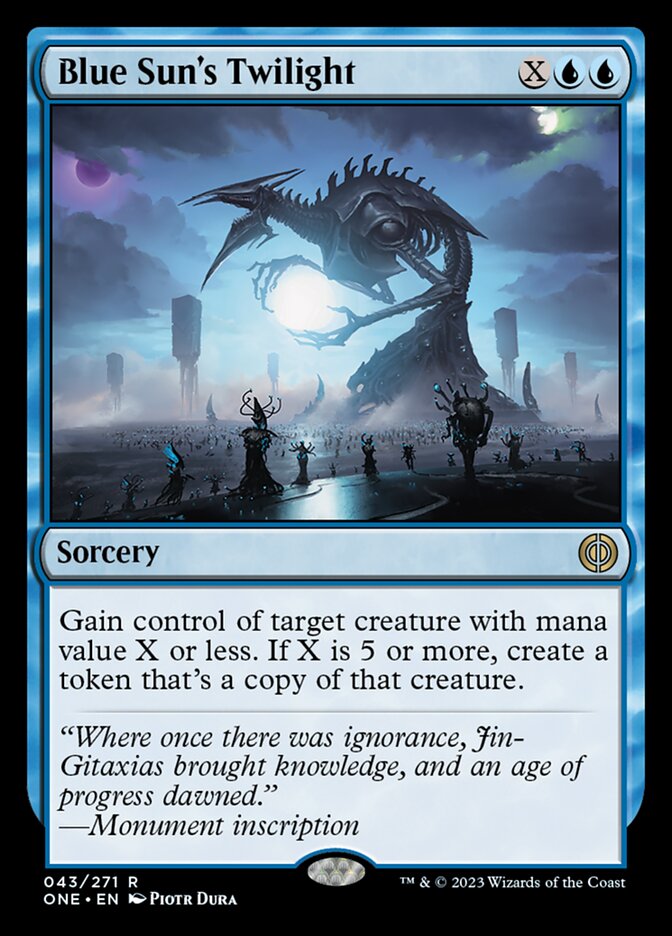
Blue Sun's Twilight doubles as a threat and a removal spell, which is always fun. Stealing creatures is a powerful way to deal with opposing commanders since they don’t change zones. Your opponent must kill their commander and recast it, giving you plenty of tempo.
Silkguard and Tyvar's Stand are primarily here to protect our commander, but they’re also flexible. Stand can even sneak in a win – who plays around combat tricks in Commander?
Assassin's Trophy and Abrupt Decay give us some targeted removal that deals with most permanents and can be tutored with Spellseeker.
Our counter suite is quite powerful. Mana Drain is at its best in this deck, which can almost always use all the mana. Swan Song and Counterspell provide additional protection. We also have a few free counters in Fierce Guardianship, Pact of Negation, and Force of Will to protect our spells when we tap out for them.
The Mana Base
Our deck cares deeply about mana, so we have plenty of accelerants besides the one in the command zone.
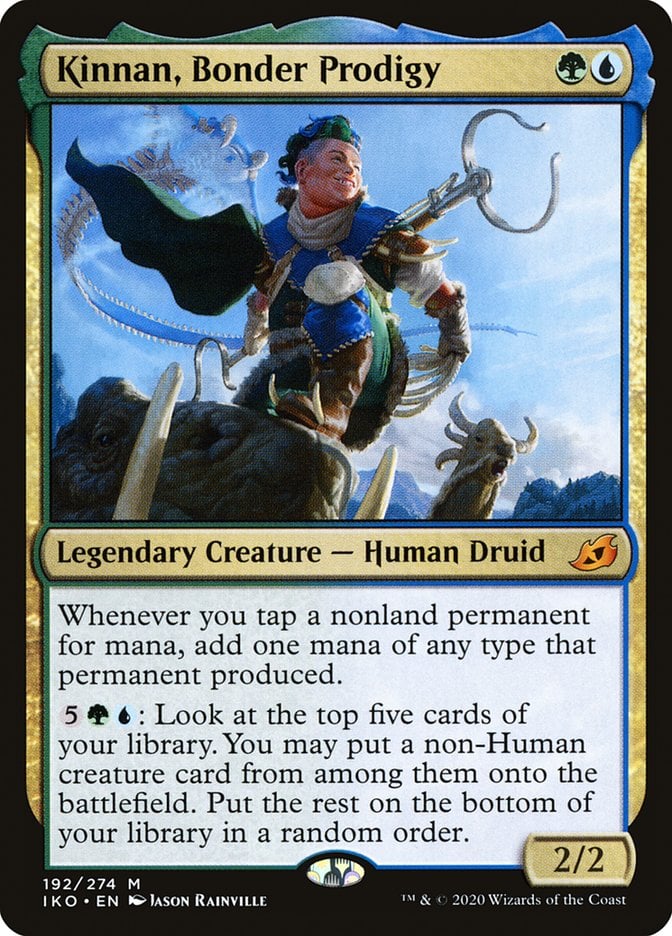
We have plenty of mana dorks and our on-color talismans. These dorks and rocks are supported by Kinnan, Bonder Prodigy doubling our mana production. It’s worth noting this isn’t the deck to activate Kinnan, as most of our creatures need to be cast to have power.
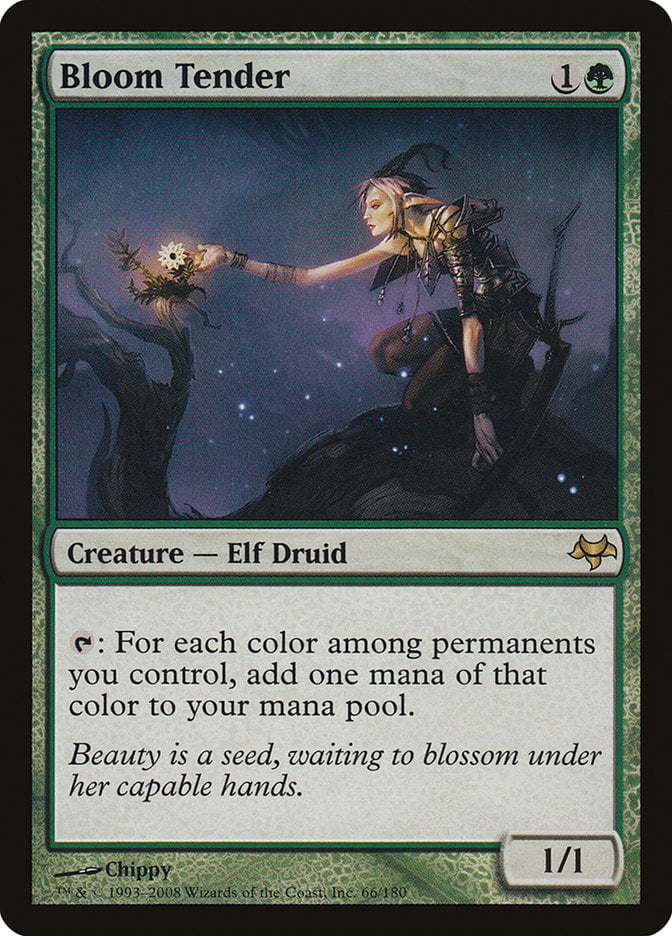
Bloom Tender is spectacular in this deck, often tapping for 2-3 mana, and is another part of our infinite combo.
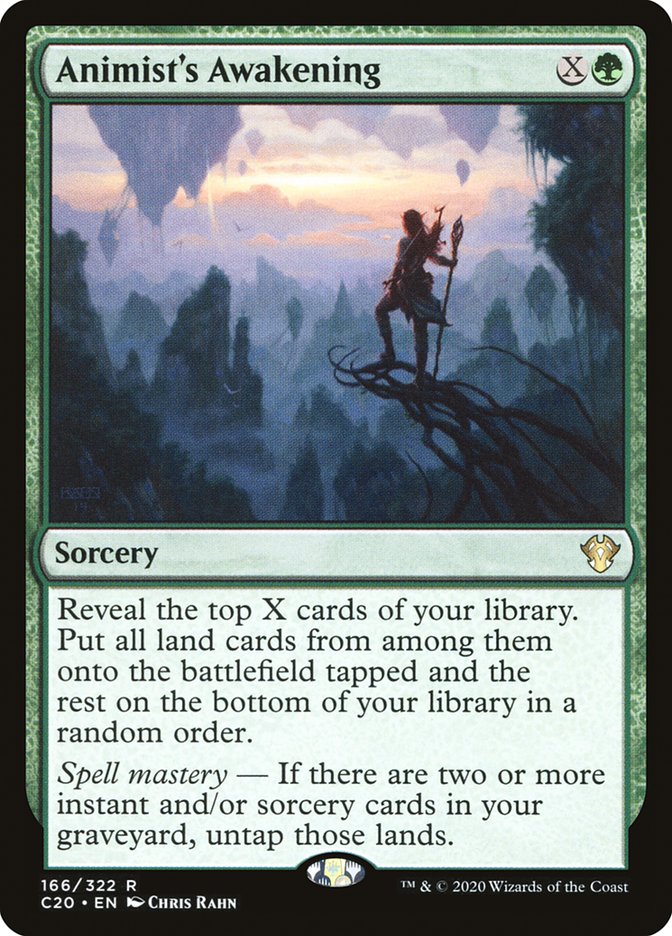
Animist's Awakening lets us take a turn off to ramp a lot. It whiffs occasionally, but the token that comes along with it makes up for the small fail case.
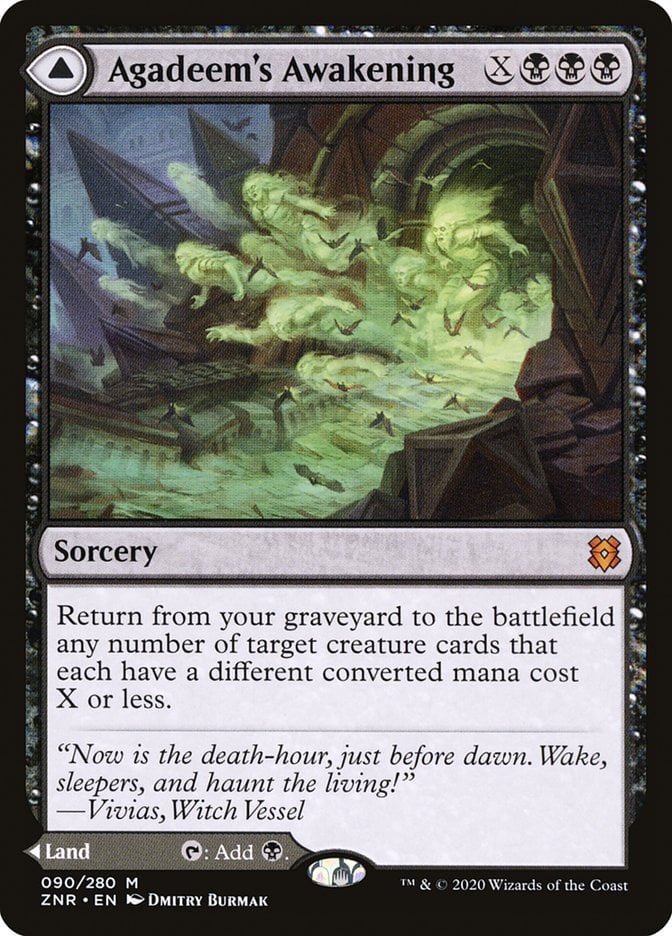
We have some modal double-faced lands to help smooth our draws. Agadeem's Awakening is notable as an X spell itself. The only other value lands in the deck are all three channel lands from Neon Dynasty. Beyond that, our lands fix our colors.
The Strategy
Go big, go fast. It’s important to get some good ramp in your opening hand, as this deck is quite explosive. You’ll usually spend the first few turns of the game ramping to get Zaxara down quickly, then unleash a bunch of hydras that dominate the table.
This deck tends to do quite well against other creature decks because we go so far over the top of their creatures. We have a lot of resiliency; board wipes certainly set us back, but Zaxara can rebuild our board in a turn or two with more tokens.
Thanks to our X spells, this deck scales well with the game. Our creatures and spells only get bigger as the game goes on. We also have several convincing finishers in cards such as Craterhoof Behemoth and our evasive threats.
Because we want to get to the late game, it’s not unreasonable to sit back on our mana and develop our board. We have a few interactive pieces to help deter any aggression towards us, and the hydras tokens can be a formidable defense.
Like any good midrange deck, we can also play an aggressive game. We can have amazingly explosive draws, typically off the back of Kinnan, Bonder Prodigy and one of our counter doublers, which let us get ahead quickly and dominate the board with massive monsters. In those scenarios, it’s important to use our tutors to find Craterhoof or similar threats to defeat our opponents before they get a chance to stabilize.
Combos and Interactions
This deck has an infinite combo, but first, I want to look at the interactions between Unbound Flourishing and Zaxara, the Exemplary.
When we cast a permanent spell with X in its cost, Zaxara and Flourishing trigger at the same time. We want to put Zaxara’s trigger on the stack first, then Flourishing’s trigger. This makes Flourishing resolve first, doubling the value of X before Zaxara counts X to determine the number of counters that go on the token. Thus, we get a token with 2X counters instead of X counters.
The second ability of Flourishing copies noncreature spells with X. When a spell is copied, the copy is created on the stack. It’s not cast, therefore it will not trigger Zaxara. Since we’re not doubling the value of X in this case, we also don’t get double counters, so Zaxara’s token will have X counters on it, and we’ll only make one. Now, for the combo!
Zaxara, the Exemplary + Freed from the Real
For this combo, you need Zaxara in play without summoning sickness, enchanted by Freed from the Real.
Ah, the fairest aura of all. This combo is simple: We’ll tap Zaxara for , then pay to untap it. We’ll continue this loop to generate infinite blue mana. From there, we can untap Zaxara infinitely to produce infinite mana of our other colors. This combo has redundant pieces to help assemble it consistently.
Bloom Tender + Freed from the Real creates infinite green mana, plus infinite black if you have a black permanent in play. It can’t make infinite blue because the blue mana gets used to untap it.
Birds of Paradise + Kinnan, Bonder Prodigy creates infinite blue mana as long as we enchant the Bird. Now that we have our infinite mana, how will we win? Walking Ballista and Exsanguinate win on the spot with infinite mana. We can also use Finale of Devastation to make our team infinitely large and find a Herald of Secret Streams or similar to get through.

Blue Sun's Zenith and our other draw X cards let us draw our library to find one of these outlets. We can also use Blue Sun's Zenith or Villainous Wealth to mill out one of our opponents if we can’t beat them via damage for some reason.
Rule 0 Violations Check
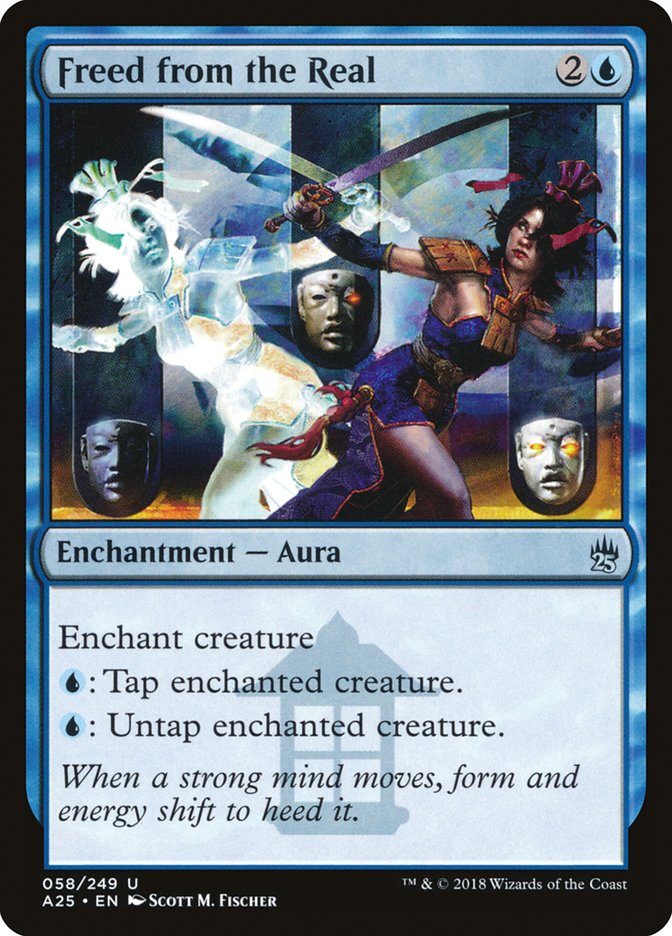
This deck’s primary rule 0 violation comes from the infinite combo. Freed from the Real doesn’t do anything in this deck but go infinite, so it can be substituted for any solid value card if you don’t want to play the combo; all the other cards stand on their own.
Another potential problem could be Kinnan, Bonder Prodigy; some casual tables might consider a 2-mana mana doubler too strong. In that case, Kinnan could become another ramp spell.
Budget Options
This deck has quite a few expensive cards, so we can make cuts in several places to make it more budget-friendly.
The first place you can make changes is the mana base. We’re using fetches and shocks, which could become tapped lands like Gates or the typed lands from Dominaria United. Just make sure to skew green. The channel lands can be replaced by basics of their respective colors; same with the MDFCs.
Bloom Tender is an explosive mana dork, but something like Gyre Sage or Incubation Druid can provide similar value with a bit more time.
Dark Confidant’s card advantage is invaluable, but Dark Tutelage provides the same value at a fraction of the price.
Spellseeker, Demonic Tutor, and Vampiric Tutor are all fantastic for our consistency, but not so much for our wallet. There are lots of cheaper tutors, such as Wishclaw Talisman and Solve the Equation, which we could use as substitutes. Similarly, Finale of Devastation and Green Sun's Zenith could be Worldly Tutor or Chord of Calling.
Vorinclex, Monstrous Raider and Doubling Season do a lot to help our board presence. Primal Vigor, specifically the printing from WOE’s Enchanting Tales bonus sheet, makes a good substitution if you don’t mind helping your opponents. Cards like Pir, Imaginative Rascal and Hardened Scales can also buff the team.
Craterhoof Behemoth is one of the best finishers, but plenty of Overrun effects can take its place. We’ll just miss out on using our tutors to put it directly into play.
Our free countermagic – Pact of Negation, Force of Will, and Fierce Guardianship – helps protect our spells, but any cheap countermagic that only costs 1-2 mana will do.
Other Builds
Zaxara, the Exemplary wants to get played alongside X spells, but there’s still room for expression. One potential build path would be to lean even harder into hydras, making the deck into a proper typal deck with cards like Kindred Discovery and Reflections of Littjara.
You could also play with more +1/+1 counter synergies. It’s more of a subtheme here, but cards like Elusive Otter, Champion of Lambholt, and a pile of proliferate cards could do a lot to magnify that from a subtheme to the deck’s primary theme.
Commanding Conclusion
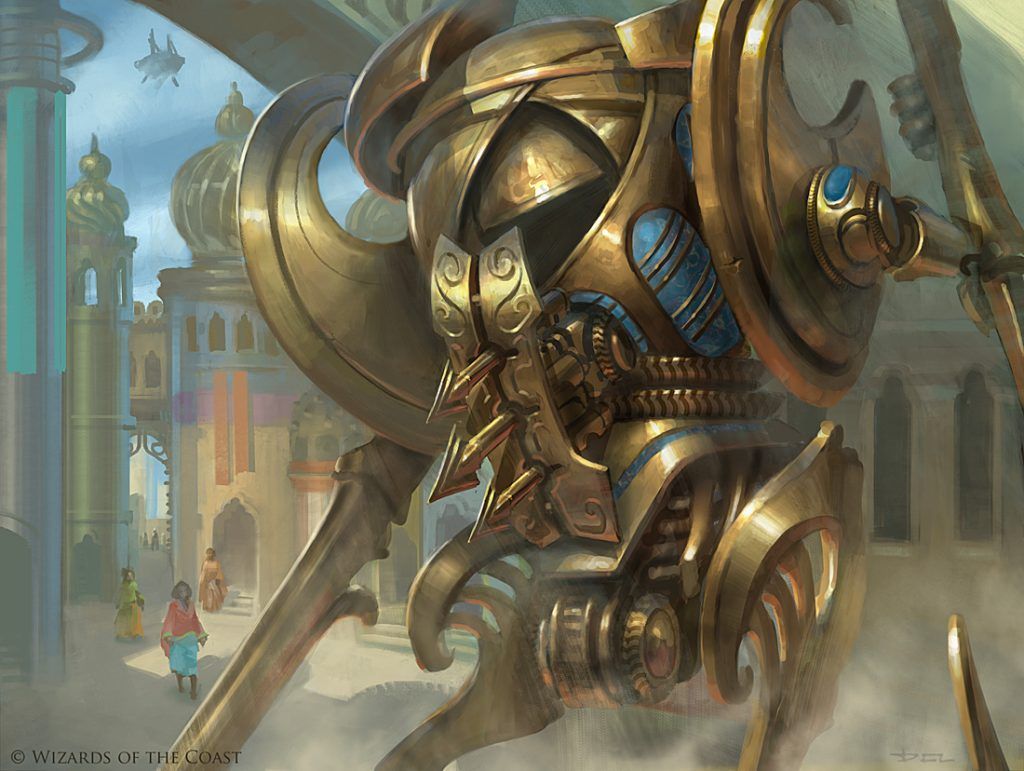
Walking Ballista | Illustration by Daniel Ljunggren
Hydras are incredibly interesting monsters from Greek mythology that have been part of Magic for a long time, appearing throughout the Multiverse in various chimeric forms, including jellyfish and goats.
Playing with big spells is one of Commander’s most enthralling features. Zaxara, the Exemplary is a powerful commander that brings together this classic creature type and one of the core appeals of Commander for a powerful midrange deck.
Do you like mythological influences in Magic? Which creature type is your favorite? Let me know in the comments below or on the Draftsim Discord!
Follow Draftsim for awesome articles and set updates: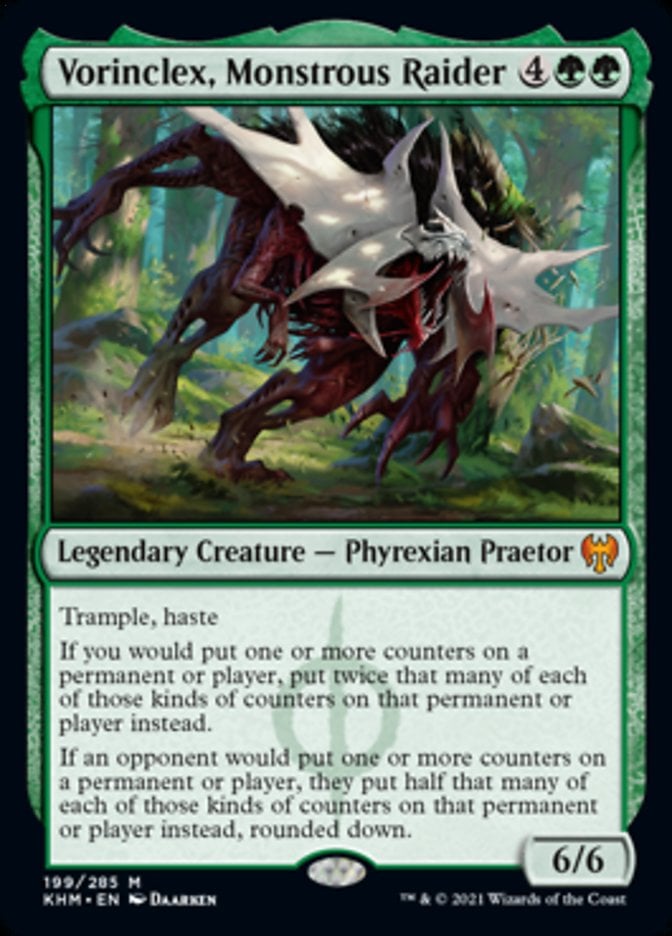
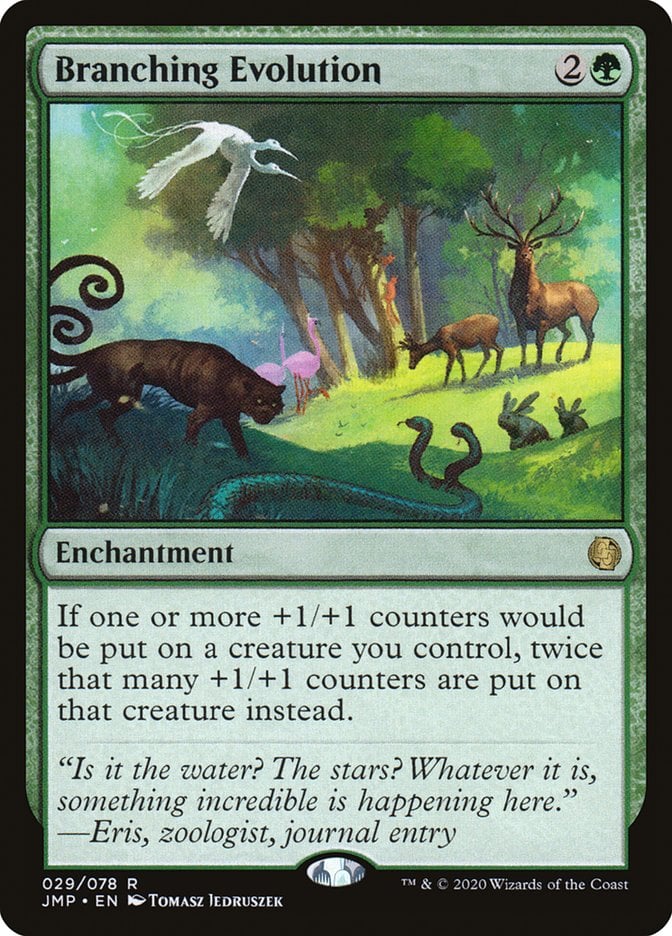
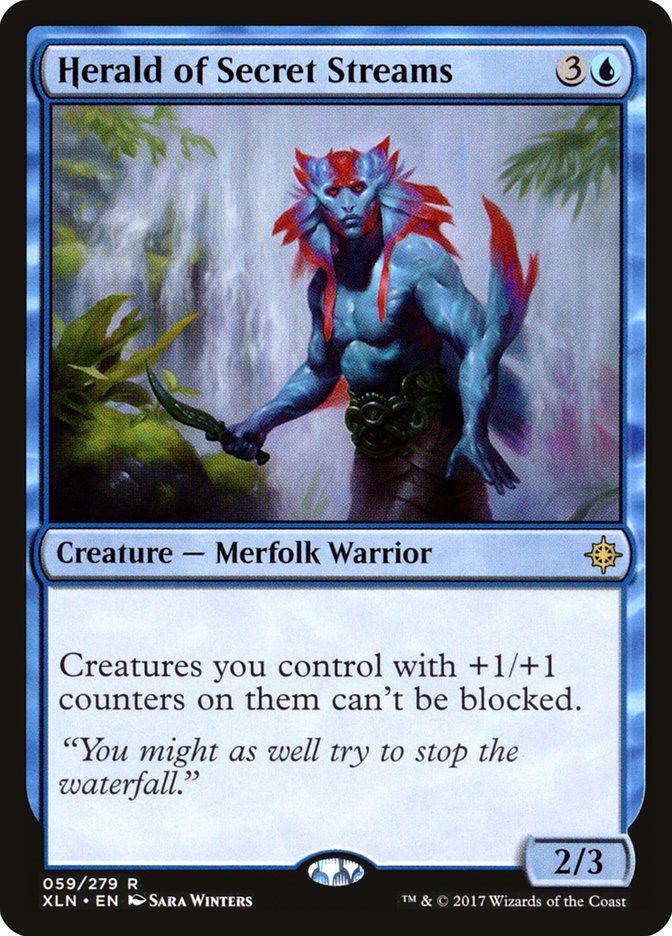
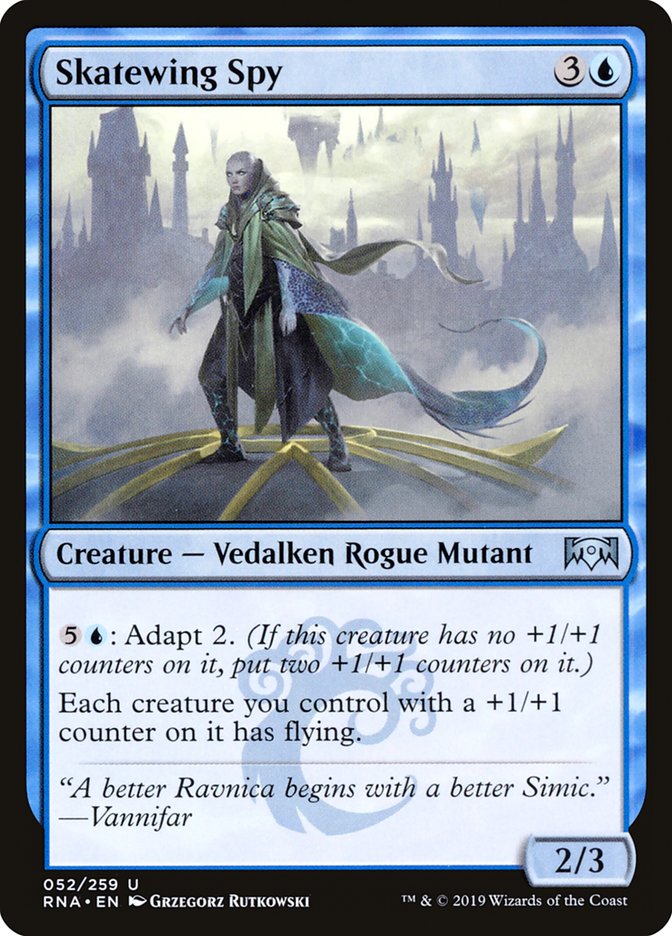

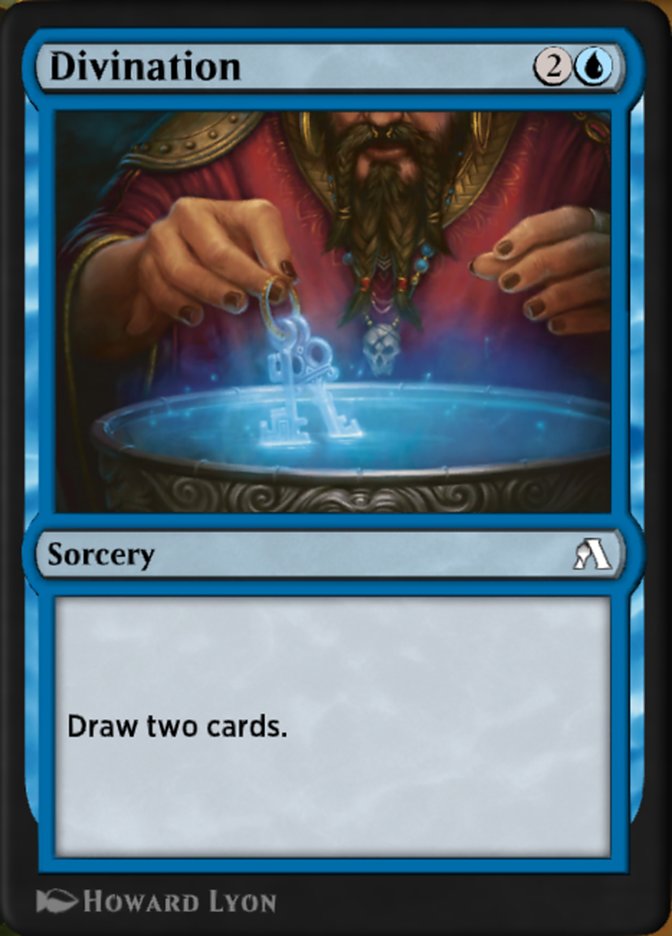
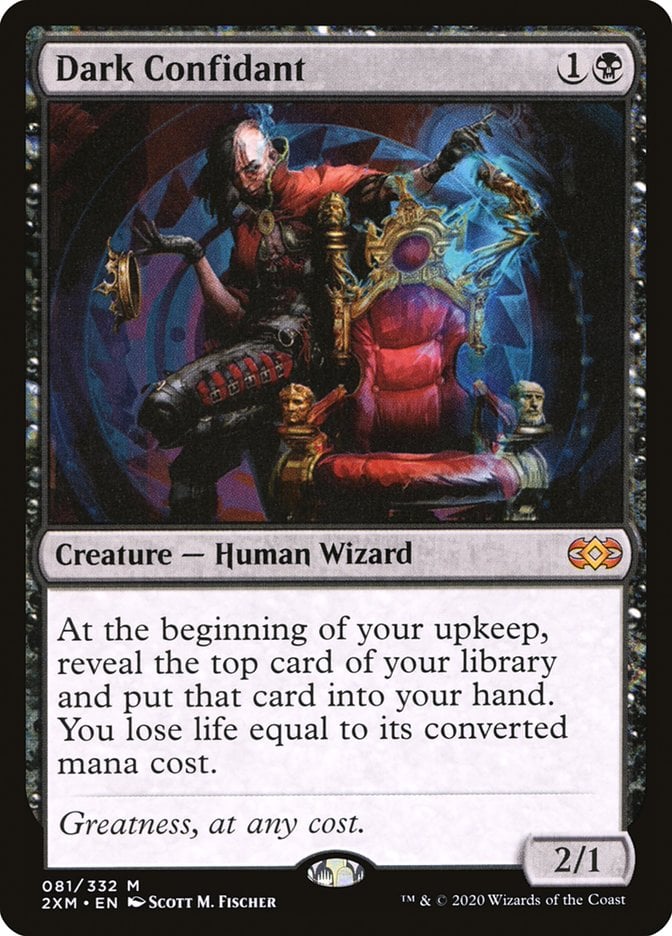
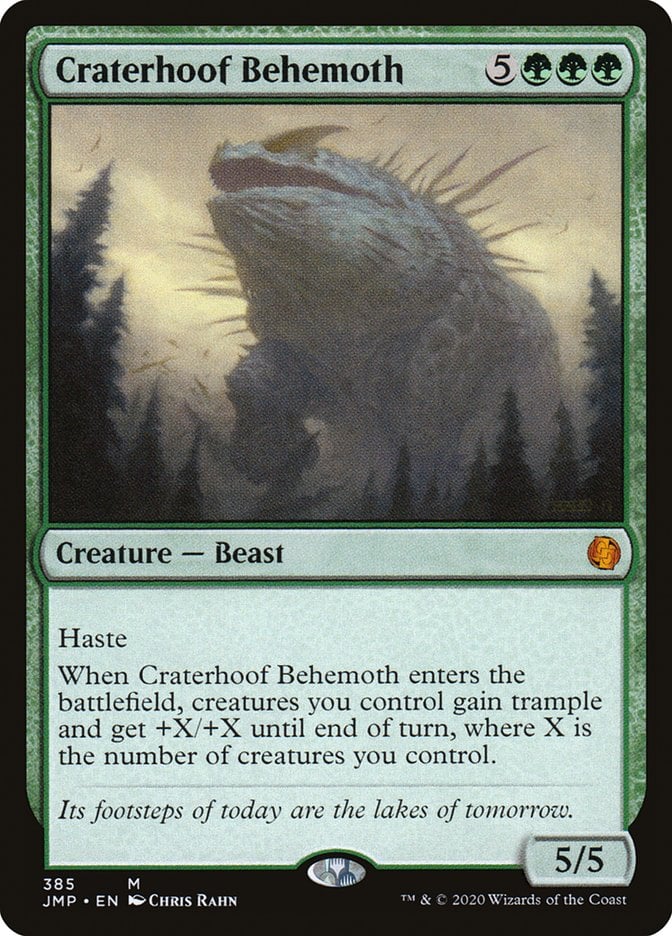

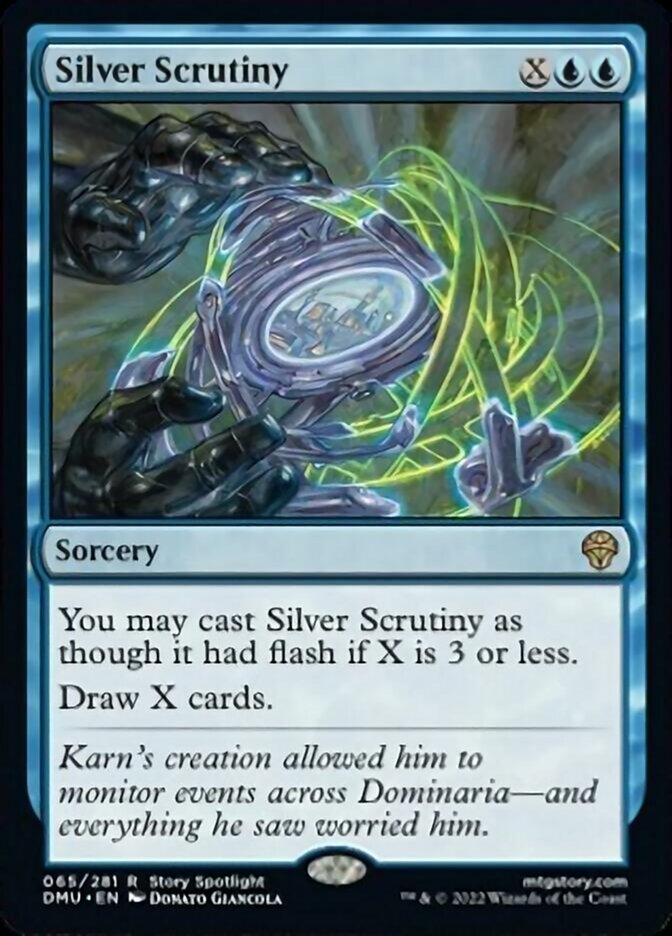

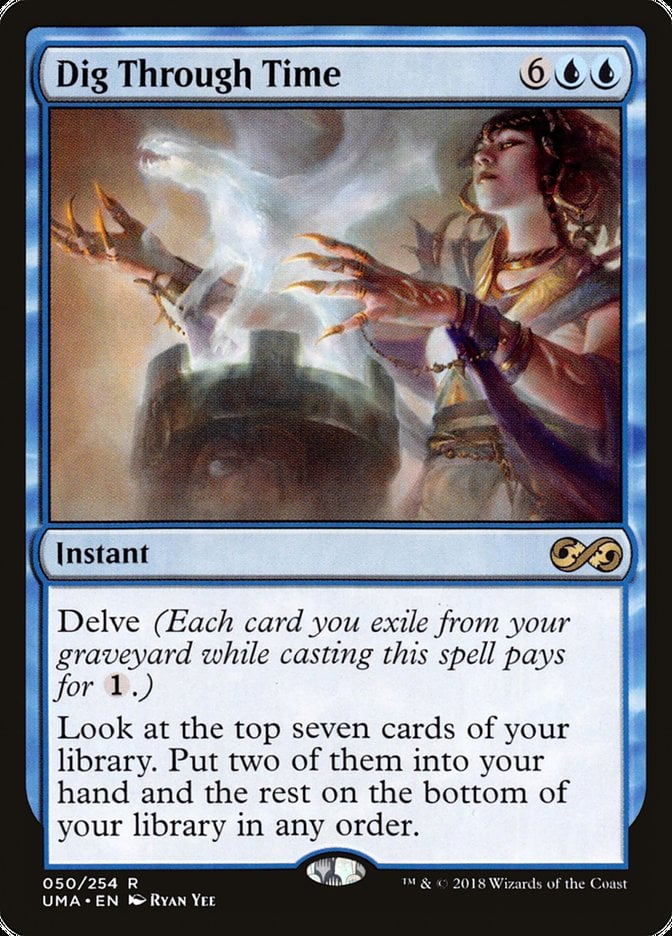
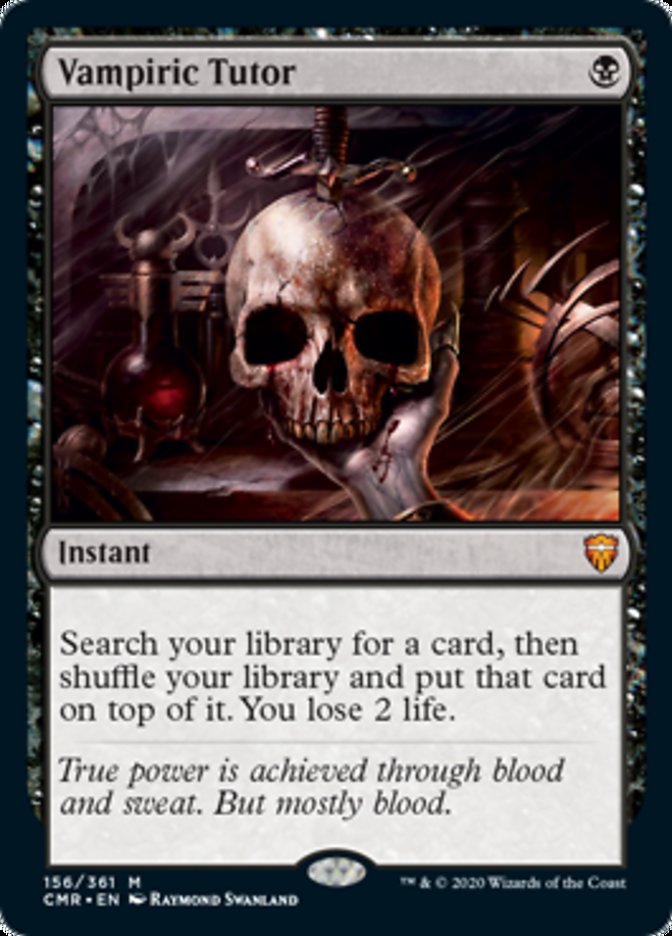

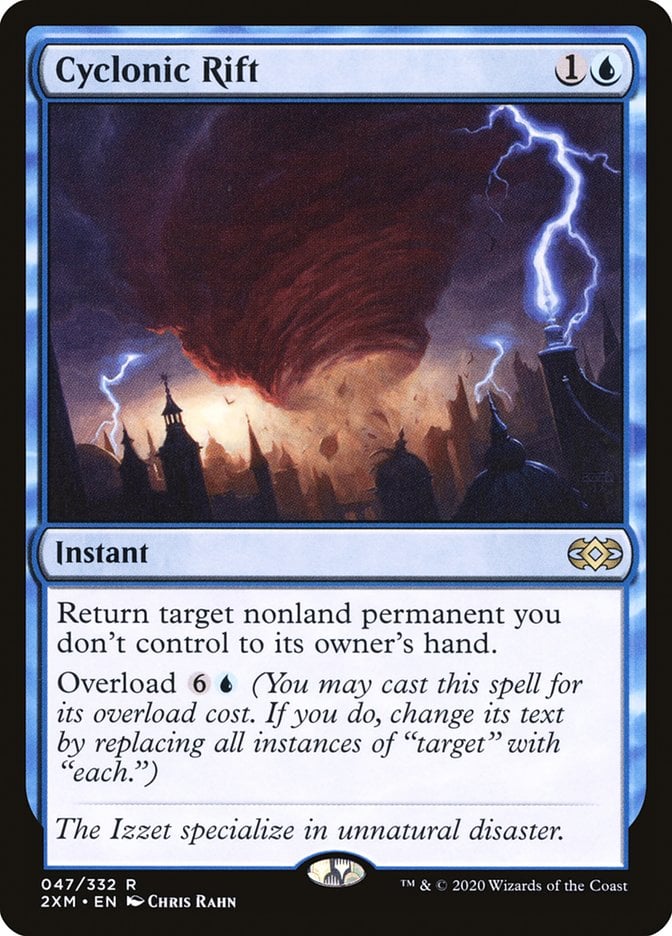
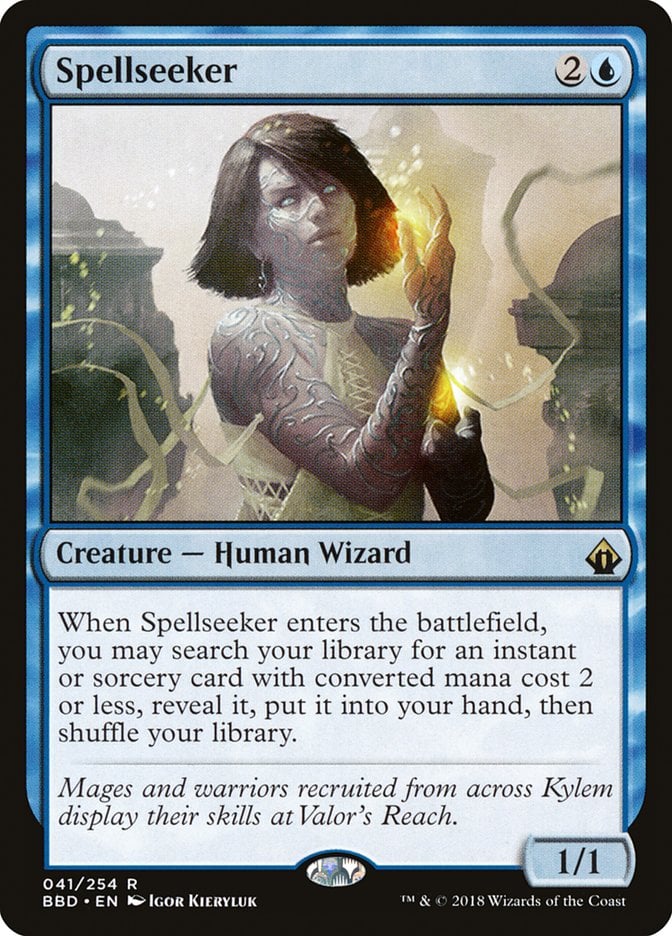
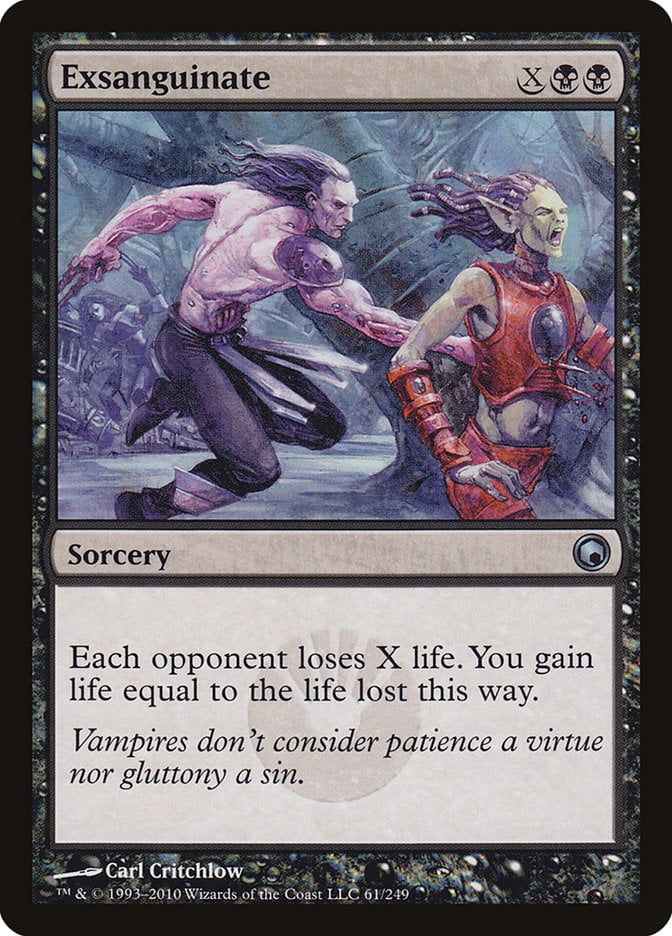
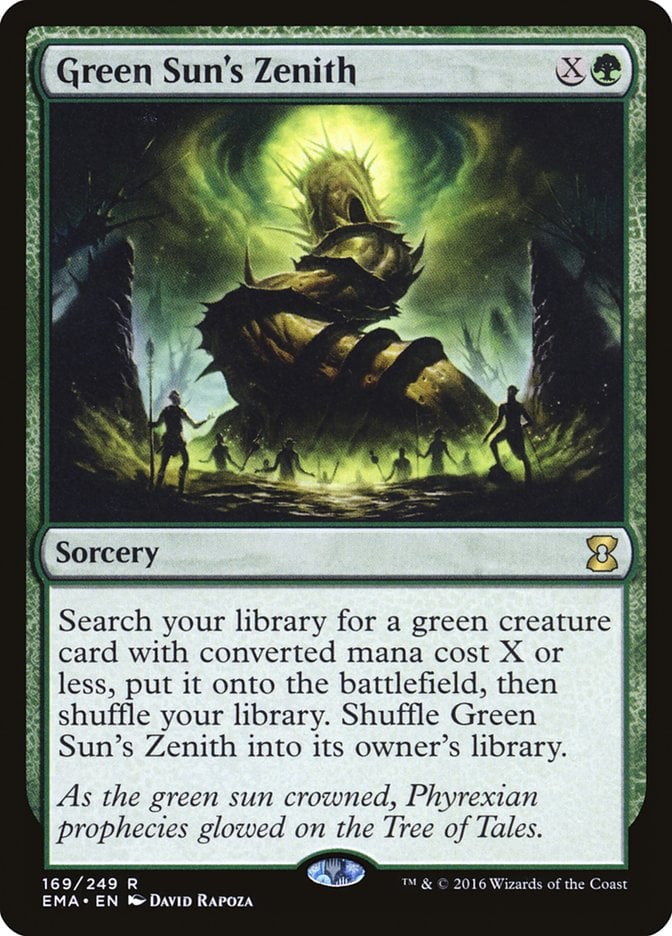
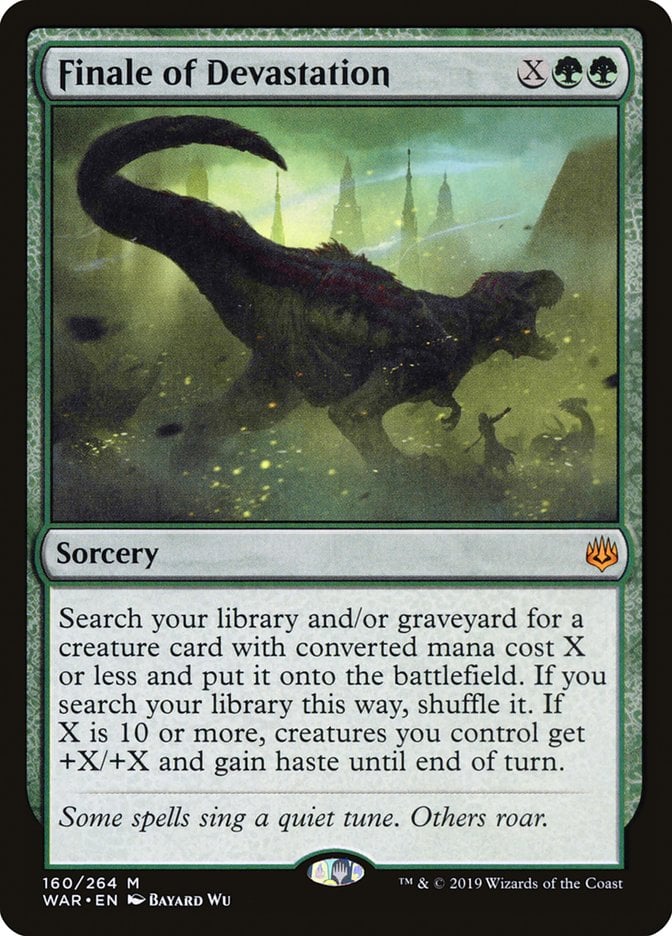
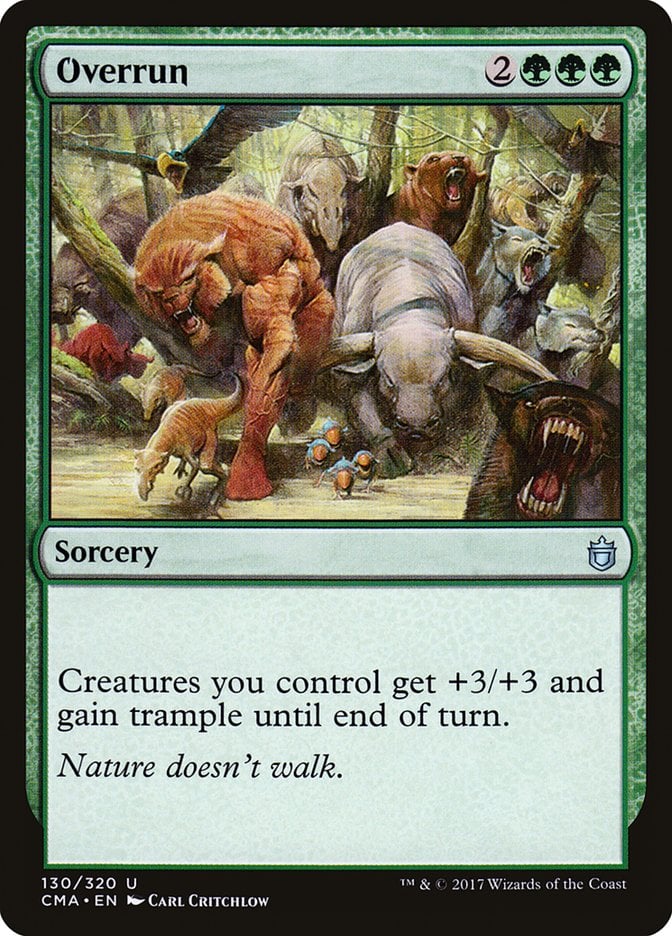
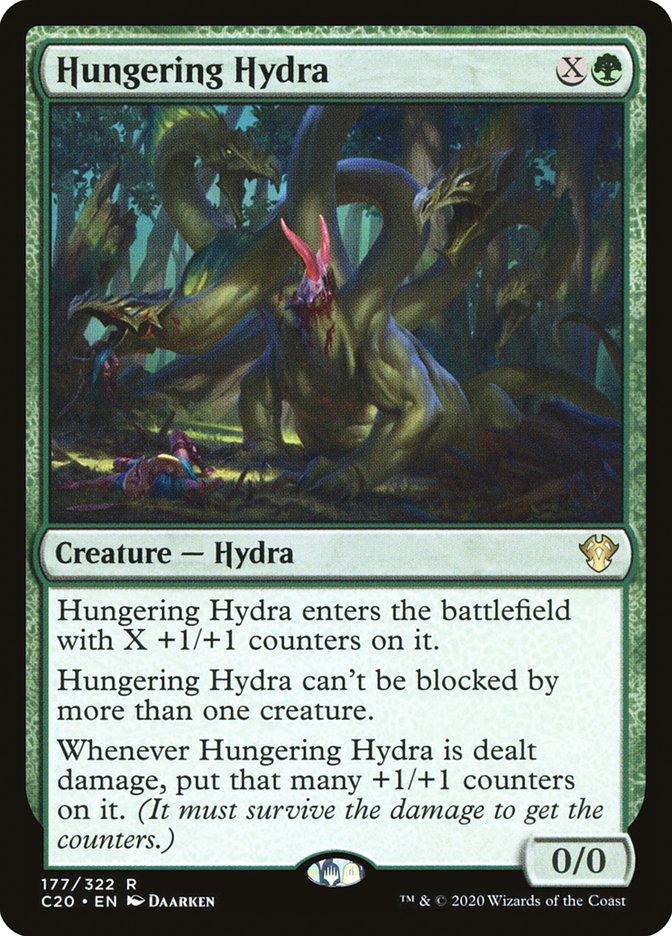
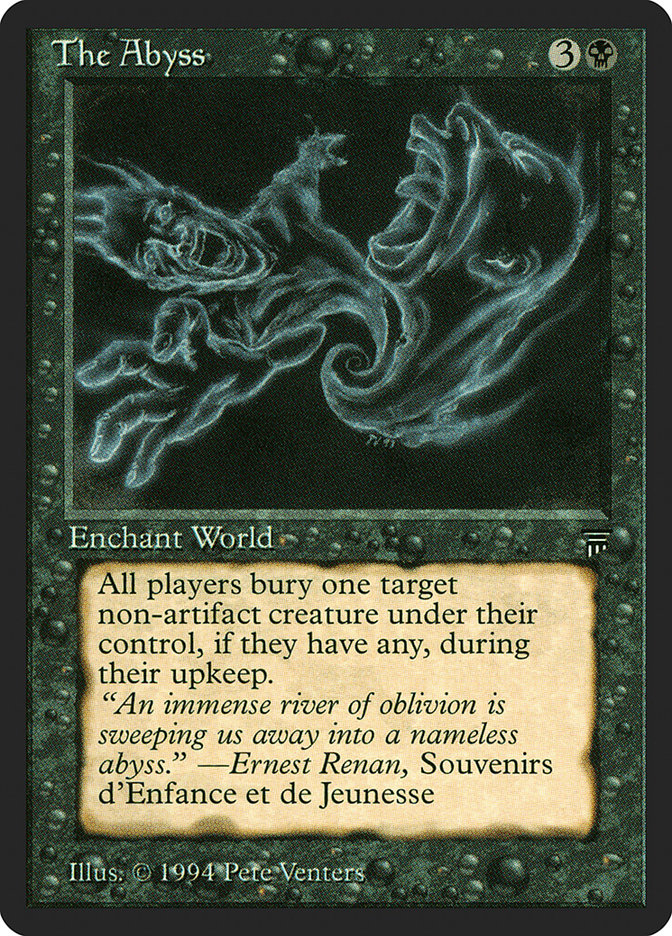
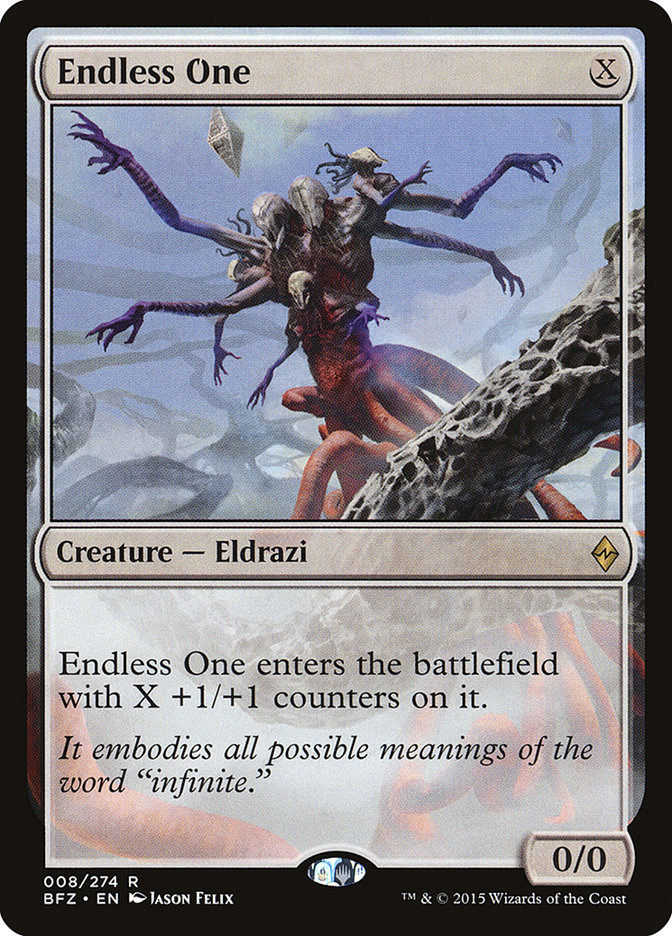

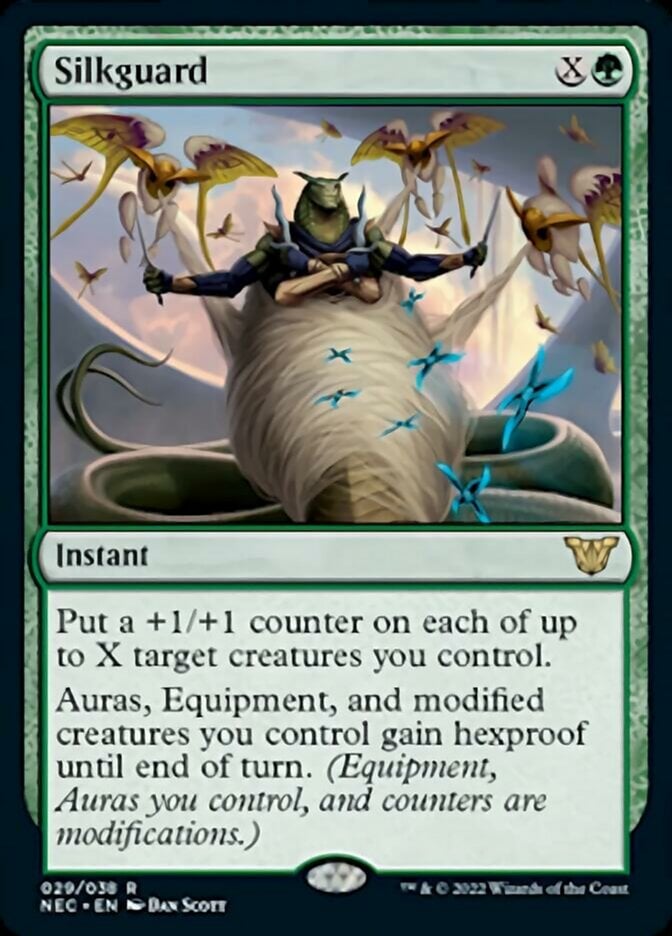
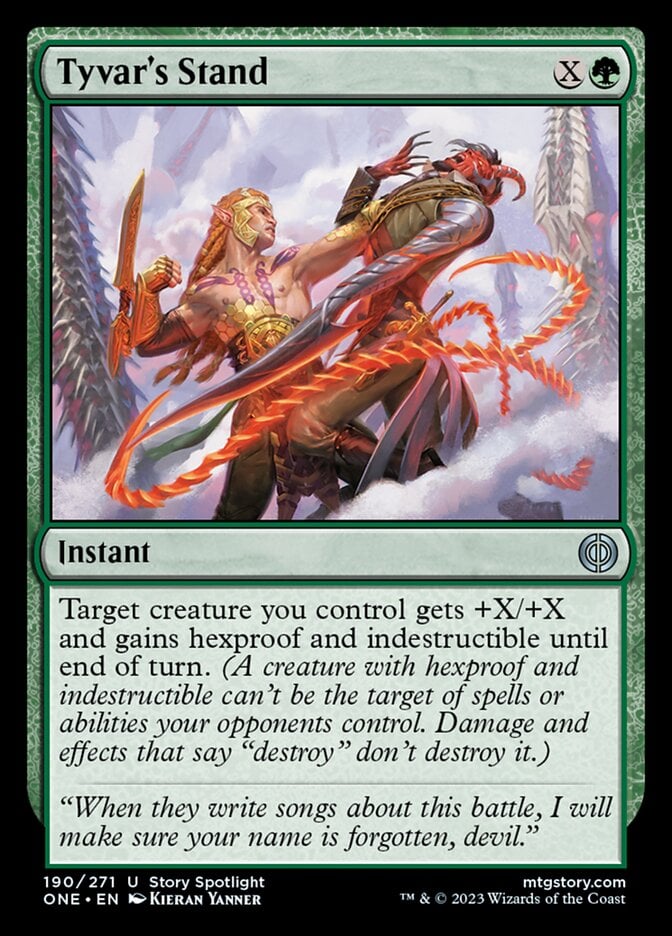
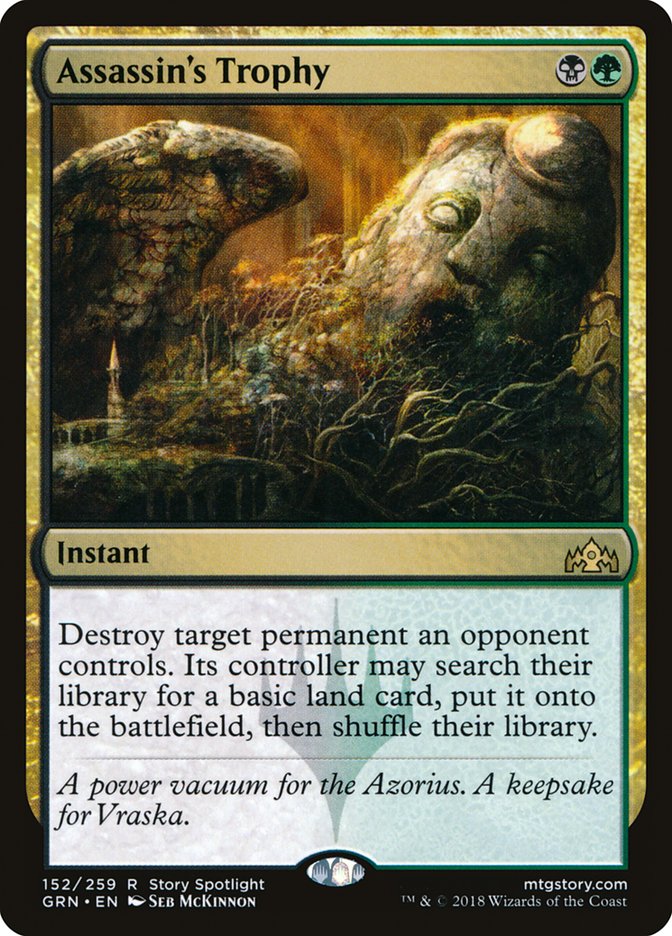

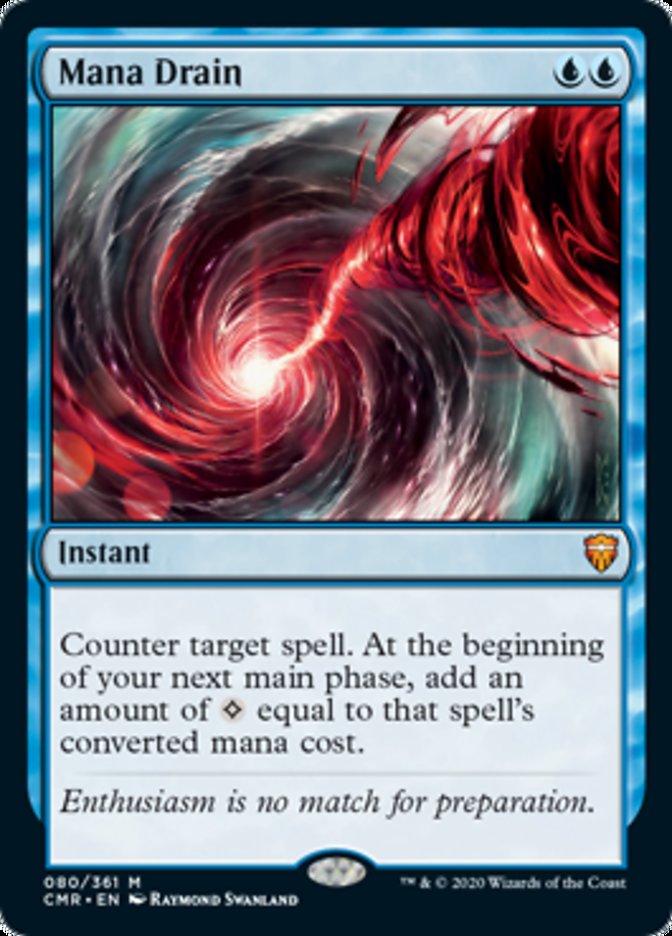
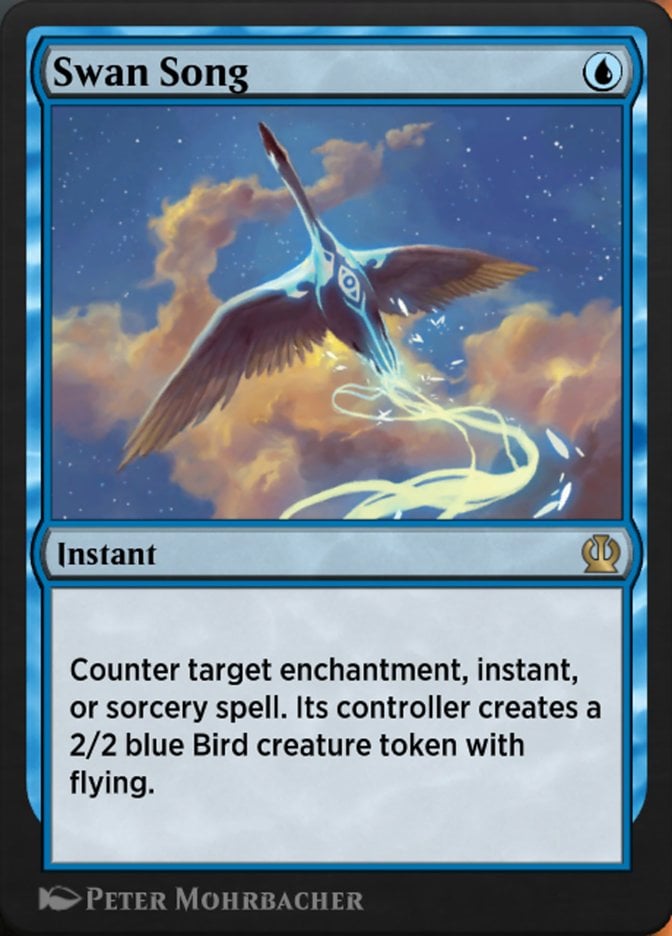
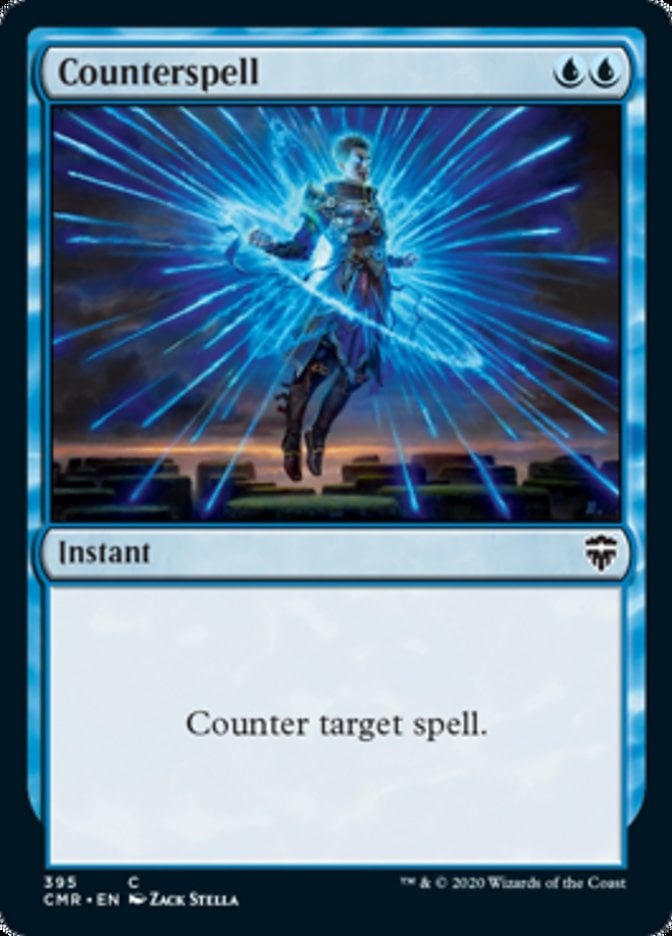
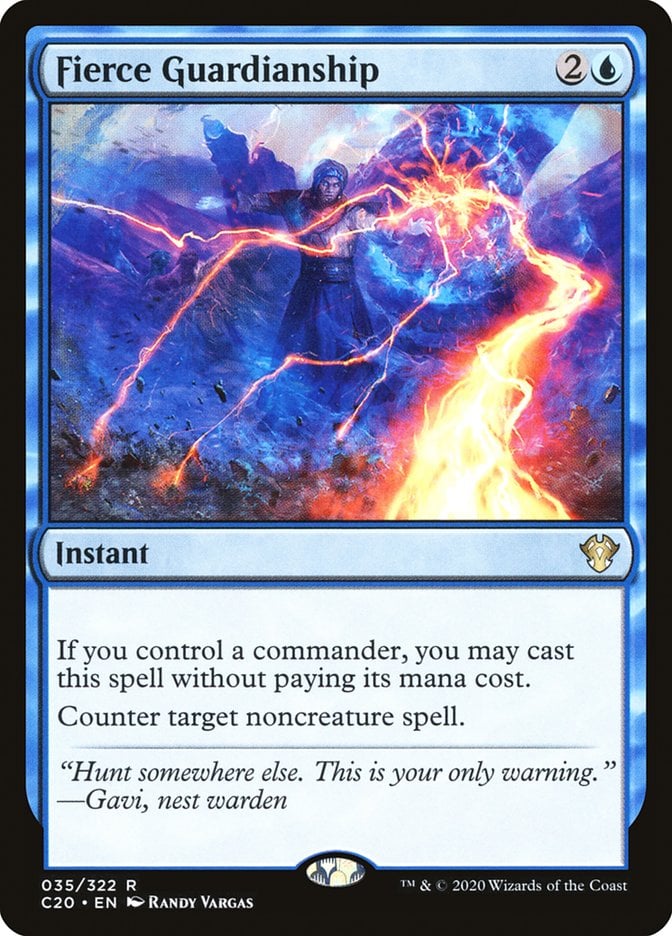
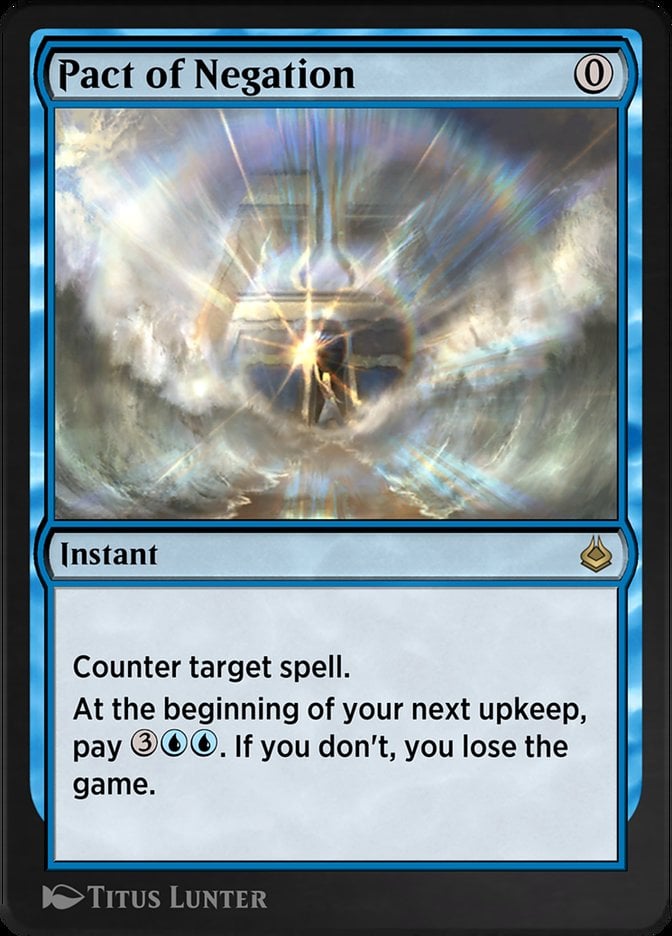
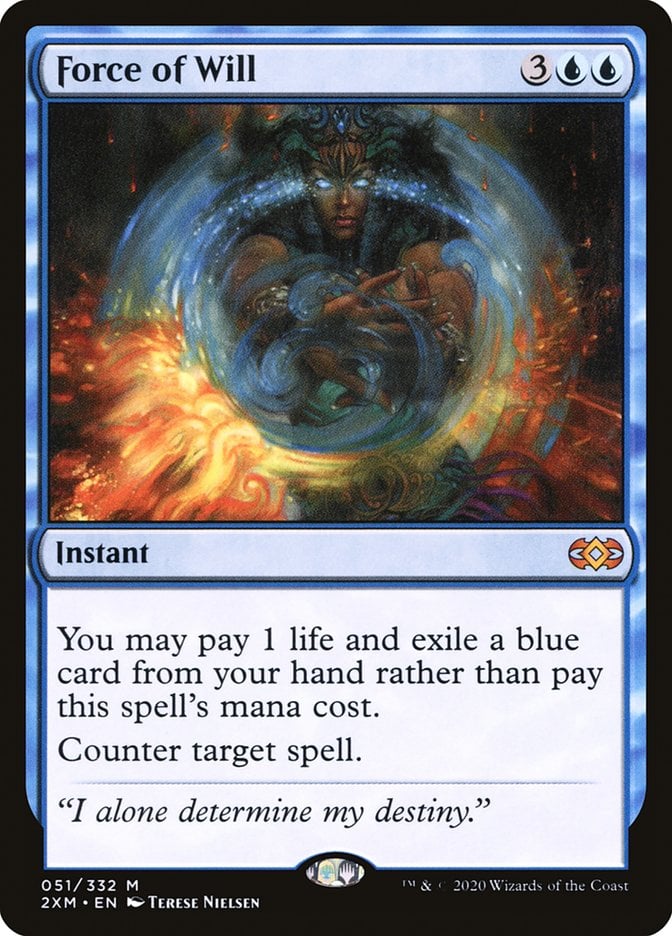
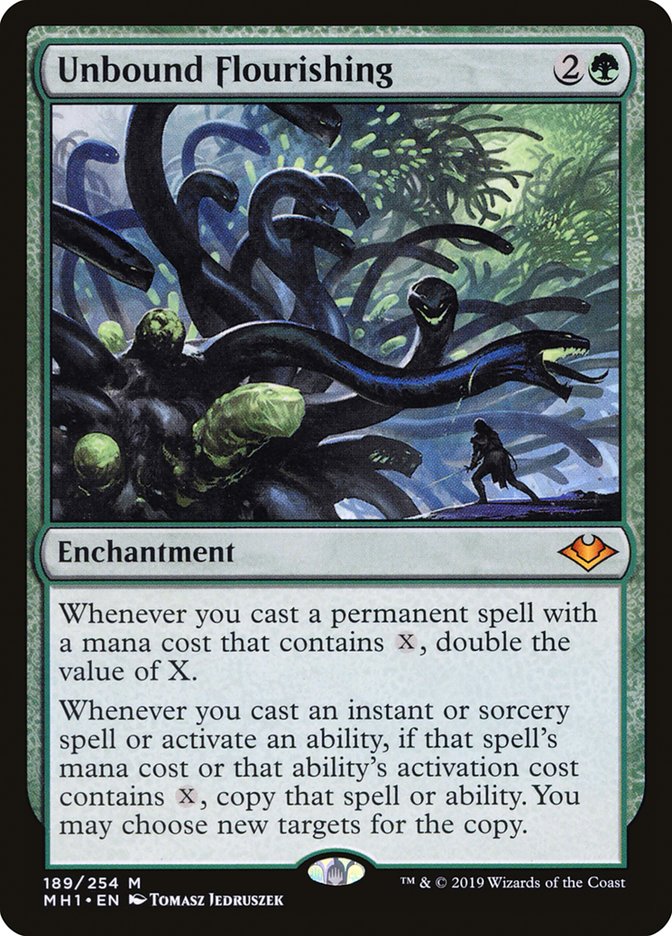

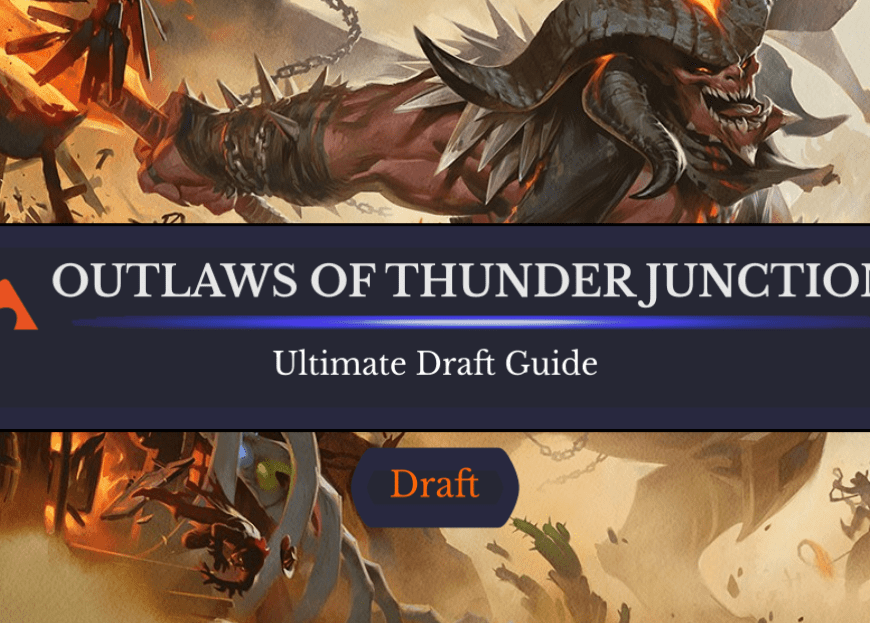
Add Comment